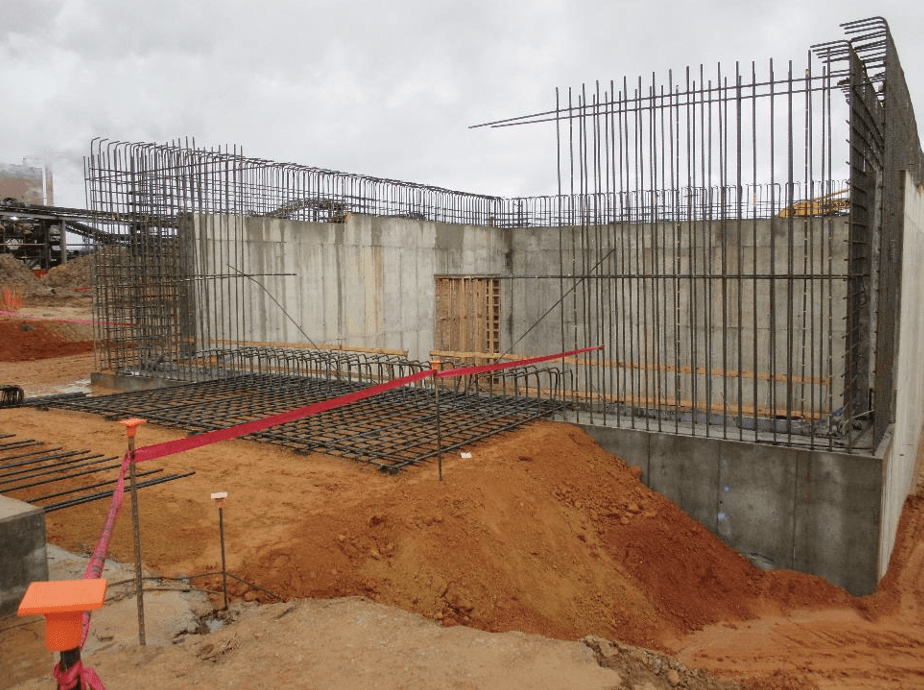Project Geotechnical Engineer for Tailored Website Assessments
Project Geotechnical Engineer for Tailored Website Assessments
Blog Article
Exactly How Consulting Engineers Enhance Geotechnical Design Projects: Insights Into Their Expertise, Methods, and Collaborative Approaches
Consulting designers are crucial in improving geotechnical engineering tasks, applying their specialized knowledge to navigate the complexities of subsurface problems. Their techniques include a series of website investigation strategies, including Requirement Penetration Examinations (SPT) and Cone Infiltration Examinations (CPT), which educate important decisions during the layout and construction stages. In addition, their collective techniques foster communication amongst varied project stakeholders, ultimately forming the job's trajectory. As we take a look at the diverse roles these experts play, it comes to be clear that their payments extend beyond technical competence, motivating a closer take a look at the ramifications for project success.
Function of Consulting Engineers
The knowledge of seeking advice from engineers in geotechnical design is fundamental to the effective execution of building tasks. These experts play a pivotal role in evaluating dirt and rock buildings, which are crucial factors influencing layout and construction decisions. By performing comprehensive site examinations, consulting designers collect vital information that informs the style process, making certain projects are constructed on secure and appropriate ground.
Consulting designers likewise supply invaluable understandings right into threat management (geotechnical geologist). They identify possible geotechnical threats, such as landslides, dirt liquefaction, and settlement concerns, enabling stakeholders to carry out reliable mitigation strategies. Their expertise help in optimizing structure styles, which can lead to significant cost savings and improved security
Moreover, consulting designers work as a crucial web link in between job proprietors, engineers, and contractors. Their ability to equate complicated geotechnical information right into workable suggestions promotes partnership and facilitates educated decision-making throughout the job lifecycle. This multidisciplinary method not just boosts task performance however additionally makes certain conformity with governing standards and best methods.
Key Methods in Geotechnical Engineering

One primary approach is site investigation, which includes carrying out area tests and laboratory analyses to gather data on subsurface problems. Strategies such as Standard Infiltration Screening (SPT) and Cone Infiltration Testing (CPT) are widely utilized to evaluate soil stratigraphy and toughness. Additionally, geophysical approaches, consisting of seismic and electric resistivity surveys, provide non-invasive methods to examine subsurface attributes.
Another critical technique is numerical modeling, which allows designers to imitate different situations and anticipate how soil-structure communications will certainly behave under various loading conditions. Finite Element Evaluation (FEA) is a typical strategy employed in this context.
Additionally, the layout of structures, preserving frameworks, and earthworks counts greatly on these methods - geotechnical geologist. By incorporating sophisticated analytical tools with area information, speaking with designers can create customized options that attend to certain job challenges, ultimately adding to the security and safety of building tasks
Importance of Dirt Analysis
Soil analysis offers as a fundamental element in geotechnical engineering, supplying essential insights into the physical and chemical properties of soil necessary for efficient building and construction preparation. Understanding soil qualities is vital for identifying its load-bearing capacity, water drainage habits, and possibility for settlement or instability. Comprehensive soil investigations, including sampling and lab testing, help identify specifications such as soil type, dampness content, thickness, and shear toughness.
These evaluations notify the option of appropriate building strategies and products, inevitably influencing project safety and durability. For instance, cohesive dirts might require various structure styles contrasted to granular dirts, requiring tailored design options. Moreover, soil evaluation help in determining pollutants that can present threats to human health or the atmosphere, enabling the advancement of reduction methods.
Including dirt evaluation right into the onset of job development assists to reduce unforeseen obstacles, guaranteeing that designers can anticipate and deal with possible issues before they escalate. By developing a detailed understanding of the website problems, seeking advice from designers can enhance layout efficiency and decrease costs, consequently boosting the general success of geotechnical design projects.
Joint Techniques in Jobs
Effective geotechnical tasks commonly rest on collaborative techniques that bring together varied competence from numerous disciplines. Efficient collaboration amongst speaking with engineers, geologists, ecological scientists, and building experts is critical for attending to complex challenges and optimizing project end results. By leveraging the special abilities and understanding of each staff member, jobs can profit from an all natural understanding of the website conditions, regulatory needs, and engineering restraints.
Routine communication and interdisciplinary meetings promote the sharing of insights and foster a society of team effort. These collaborative efforts enable the identification of possible risks early try here in the project lifecycle, enabling prompt mitigation techniques. Moreover, integrating feedback from stakeholders, consisting of regional neighborhoods and governing companies, guarantees that all point of views are taken into consideration, boosting project acceptance and conformity.
In addition, the combination of innovative modern technologies, such as Geographic Information Solution (GIS) and Building Details Modeling (BIM), more improves collaboration. These devices permit for the real-time sharing of data and visualization of geotechnical problems, advertising notified decision-making. Eventually, a collaborative technique not just simplifies task implementation however additionally lays the foundation for ingenious options to complex geotechnical engineering challenges.
Influence On Job Results

Consulting designers use sophisticated approaches such as threat assessment and anticipating modeling, which improve the precision of task forecasts. Their capability to integrate innovative innovations, like geotechnical instrumentation and information analytics, better refines the layout and construction processes. Because of this, jobs experience improved efficiency, reduced expenses, and minimized delays.
In addition, promoting efficient interaction and collaboration amongst employee enhances analytic capabilities. When obstacles occur, a united front enables swift identification of services, preventing possible obstacles. Ultimately, the collaborative efforts of speaking with engineers add to better outcomes, ensuring that projects fulfill both regulatory requirements and client expectations.
Verdict

Report this page